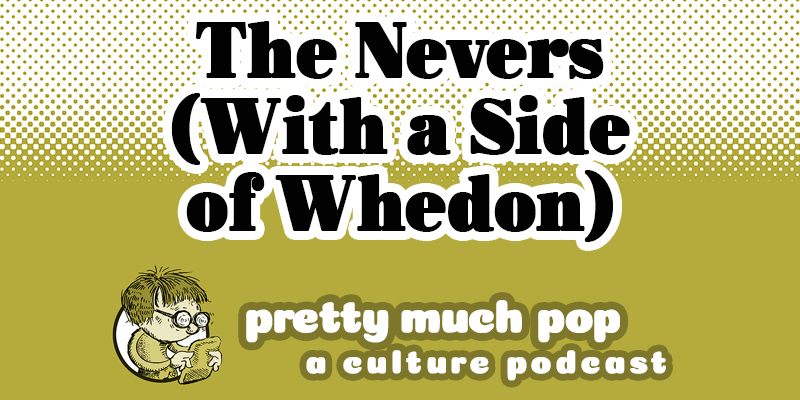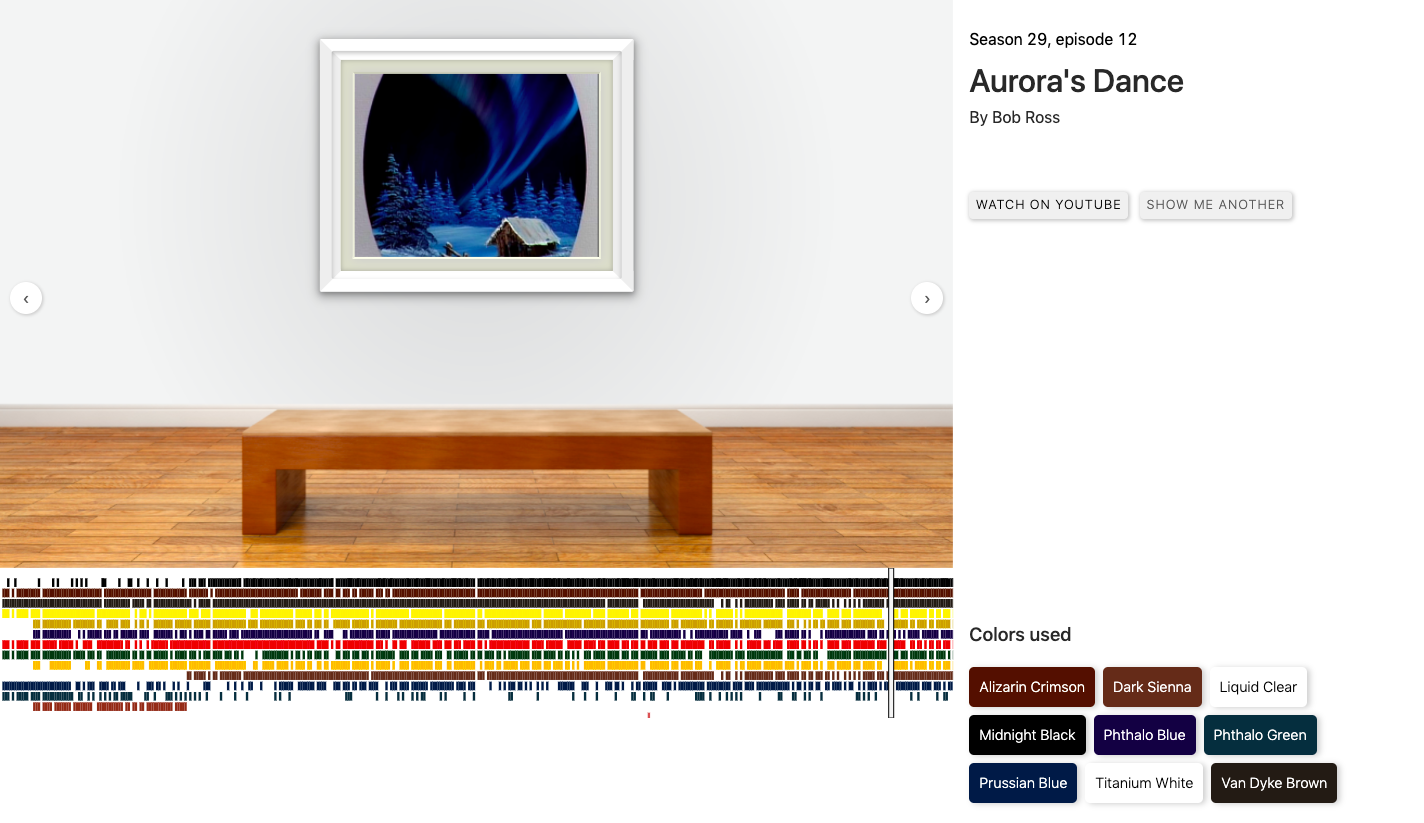When The Sopranos drew to a close fourteen years ago, its ambiguous yet somehow definitive final scene hardly promised a continuation of the New Jersey mafia saga. Since then, fans have had to make do with reflections, histories, and exegeses, up to and including re-watch podcasts hosted by the actors themselves. As time has passed the show has only drawn higher and higher acclaim, which can’t be said about every product of the ongoing “golden age of television drama” The Sopranos got started. A return to the well was perhaps inevitable, and indeed has just been announced: The Many Saints of Newark, a prequel film co-written by David Chase, the creator credited with contributing to the original series a significant portion of its genius.
Onscreen, The Sopranos drew its power from one Soprano above all: local mob boss Tony Soprano, as portrayed by James Gandolfini in what has been ranked among the greatest screen acting achievements of all time. Whether or not Tony survived that final scene, Gandolfini died in 2013, and ever since it has been impossible to imagine any other actor portraying the character — or at least portraying the character in a modern-day setting.
Telling the story of a Tony Soprano in his youth, with a young actor necessarily playing him, has remained a viable proposition. Into that role, for the 1960s and 70s-set The Many Saints of Newark, has stepped Gandolfini’s real-life son Michael.
For the then-20-year-old Michael Gandolfini, taking over his father’s role had to be a daunting prospect, especially since he’d never seen The Sopranos before. At least one binge-watch of the series (among other rigorous forms of preparation) later, he delivered the performance of which you can take a first look in The Many Saints of Newark’s new trailer above. “As rival gangs try to wrest control from the DiMeo crime family in the race-torn city of Newark,” Consequence Film’s Ben Kaye writes of its story, the young Anthony Soprano, a promising but indifferent student with an eye on college, “gets swept up in the violence and crime by his uncle Dickie Moltisanti.” As Sopranos fans know full well, “Anthony becomes the feared mob head Tony Soprano and treats Dickie’s son, Christopher, as his protégé.” Evidently, an antihero of Tony’s stature is made, not born.
Related Content:
How David Chase Breathed Life into the The Sopranos
David Chase Reveals the Philosophical Meaning of The Sopranos’ Final Scene
James Gandolfini Shows Kinder, Softer, Gentler Side on Sesame Street (2002)
Based in Seoul, Colin Marshall writes and broadcasts on cities, language, and culture. His projects include the Substack newsletter Books on Cities, the book The Stateless City: a Walk through 21st-Century Los Angeles and the video series The City in Cinema. Follow him on Twitter at @colinmarshall or on Facebook.






